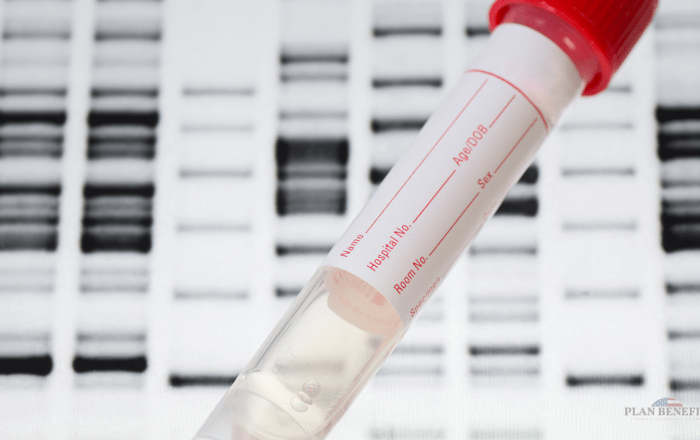In April, the housing market witnessed a decline in new home purchases, attributed to factors like soaring mortgage rates and prices alongside a limited supply. Data from the U.S. Census Bureau and the Department of Housing and Urban Development (HUD) revealed that sales of new single-family houses dipped to a seasonally adjusted annual rate of 634,000. This marks a 4.7% decrease from March’s revised rate of 665,000 and a 7.7% drop from April 2023.
The median sales price for new houses sold in April 2024 stood at $433,500, with an average sales price of $505,700, according to the Census Bureau. The National Association of Home Builders (NAHB) highlighted the persistent issue of housing affordability nationwide.
The NAHB/Wells Fargo Cost of Housing Index illustrated that in the first quarter of 2024, a typical family needed 38% of its income to cover mortgage payments for a median-priced new single-family home. Low-income families, earning only 50% of the area’s median income, faced an even steeper challenge, having to allocate 77% of their earnings for the same new home.
Comparable challenges were observed in the existing home market, where a typical family had to allocate 36% of its income for a median-priced existing home. Low-income families faced an even higher burden, with 71% of their earnings going toward the mortgage payment.
The NAHB/Wells Fargo data highlighted the Naples-Marco Island area as one of the top 5 most severely cost-burdened markets in the country. With 71% of household income dedicated to housing, the area exemplifies the strain faced by many families.
NAHB Chief Economist Robert Dietz emphasized the urgent need for policy changes to address the housing shortage, which stands at roughly 1.5 million homes nationwide. Dietz urged policymakers to expedite permit approval processes, invest in skilled labor training, and address supply chain issues to facilitate increased home construction.




